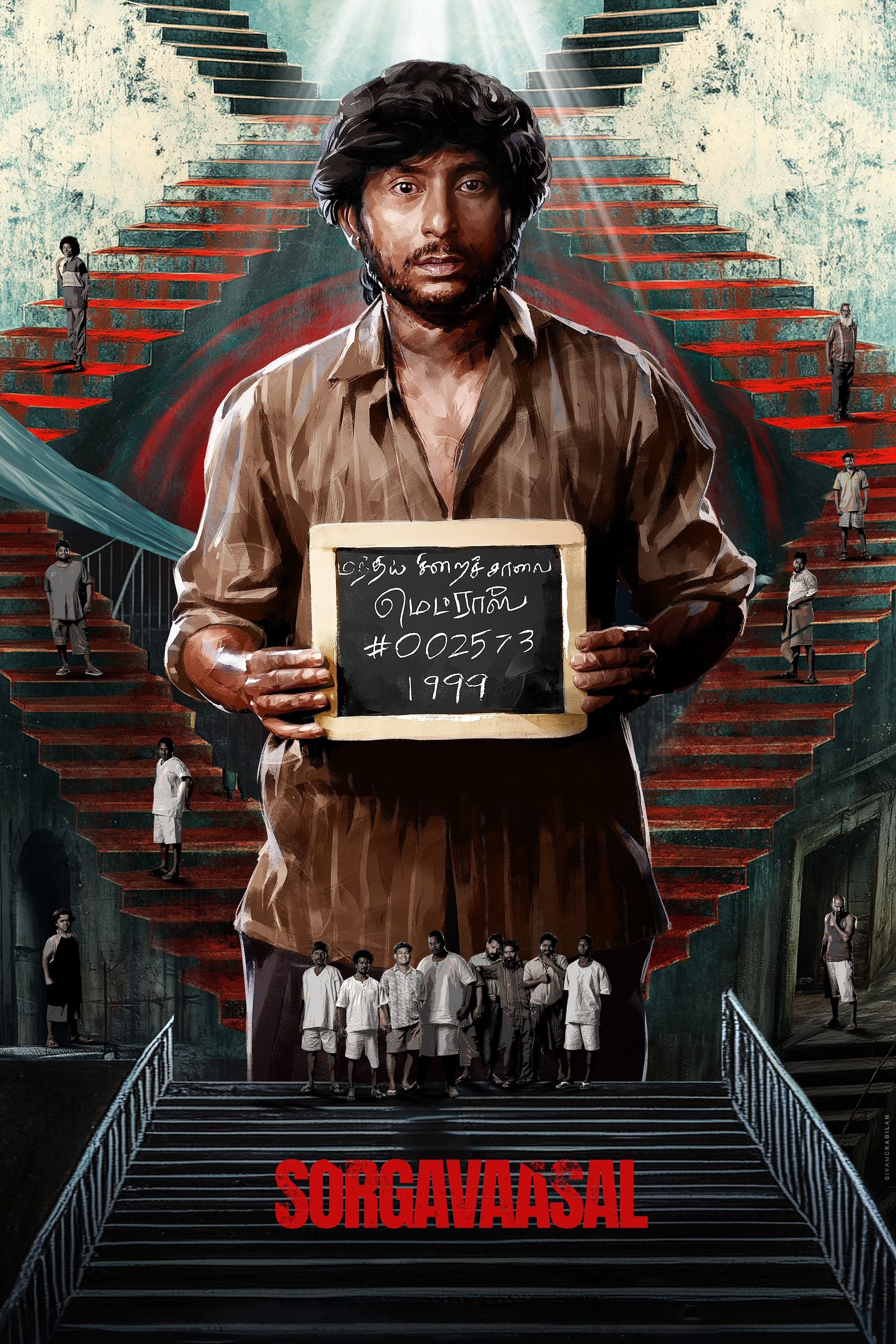
A common man imprisoned in a corrupt system questions whether jails truly rehabilitate or push individuals deeper into crime's abyss.

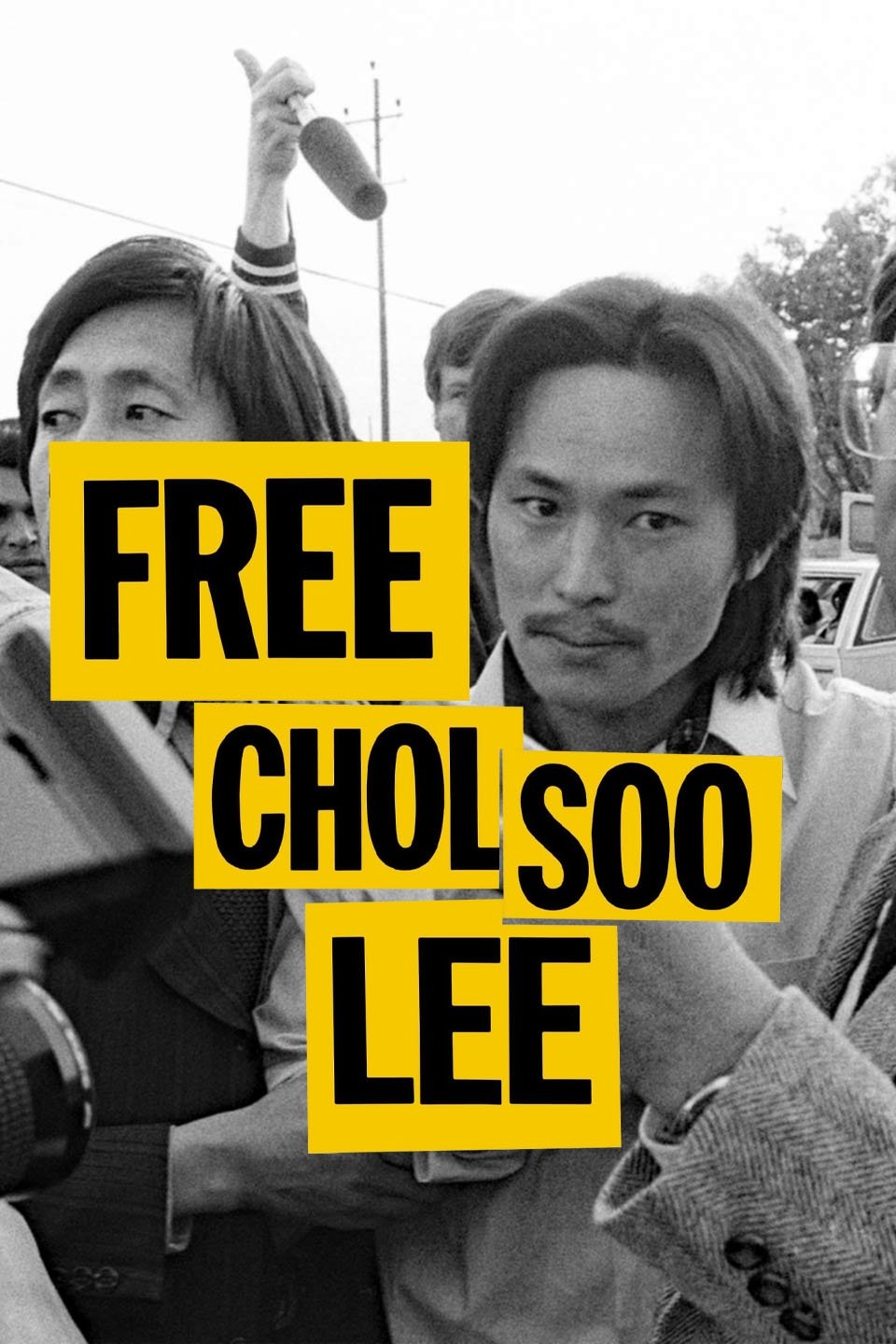
On June 3, 1973, a man was murdered in a busy intersection of San Francisco’s Chinatown as part of an ongoing gang war. Chol Soo Lee, a 20-year-old Korean immigrant who had previous run-ins with the law, was arrested and convicted based on flimsy evidence and the eyewitness accounts of white tourists who couldn’t distinguish between Asian features. Sentenced to life in prison, Chol Soo Lee would spend years fighting to survive behind bars before journalist K.W. Lee took an interest in his case. The intrepid reporter’s investigation would galvanize a first-of-its-kind pan-Asian American grassroots movement to fight for Chol Soo Lee’s freedom, ultimately inspiring a new generation of social justice activists.
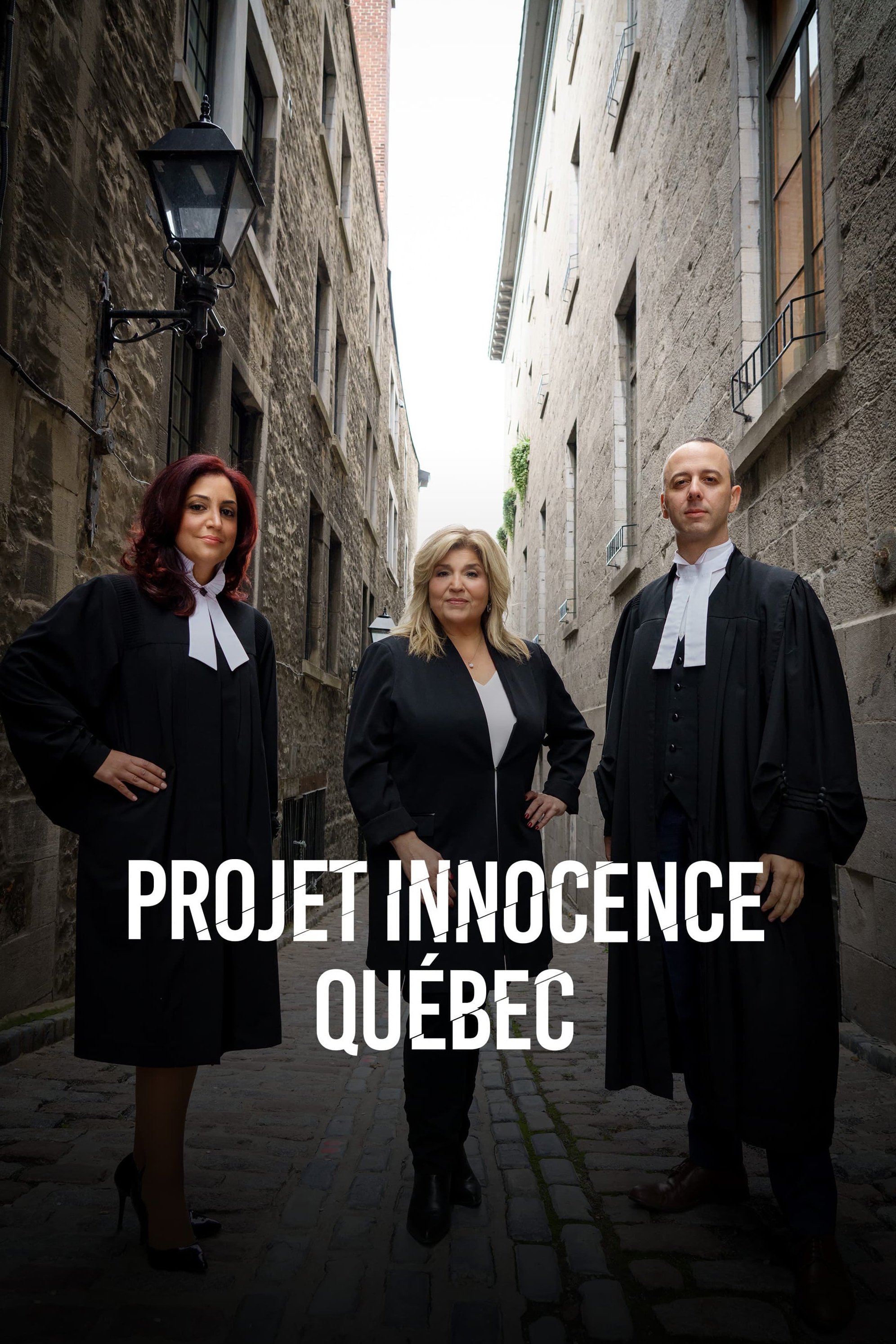
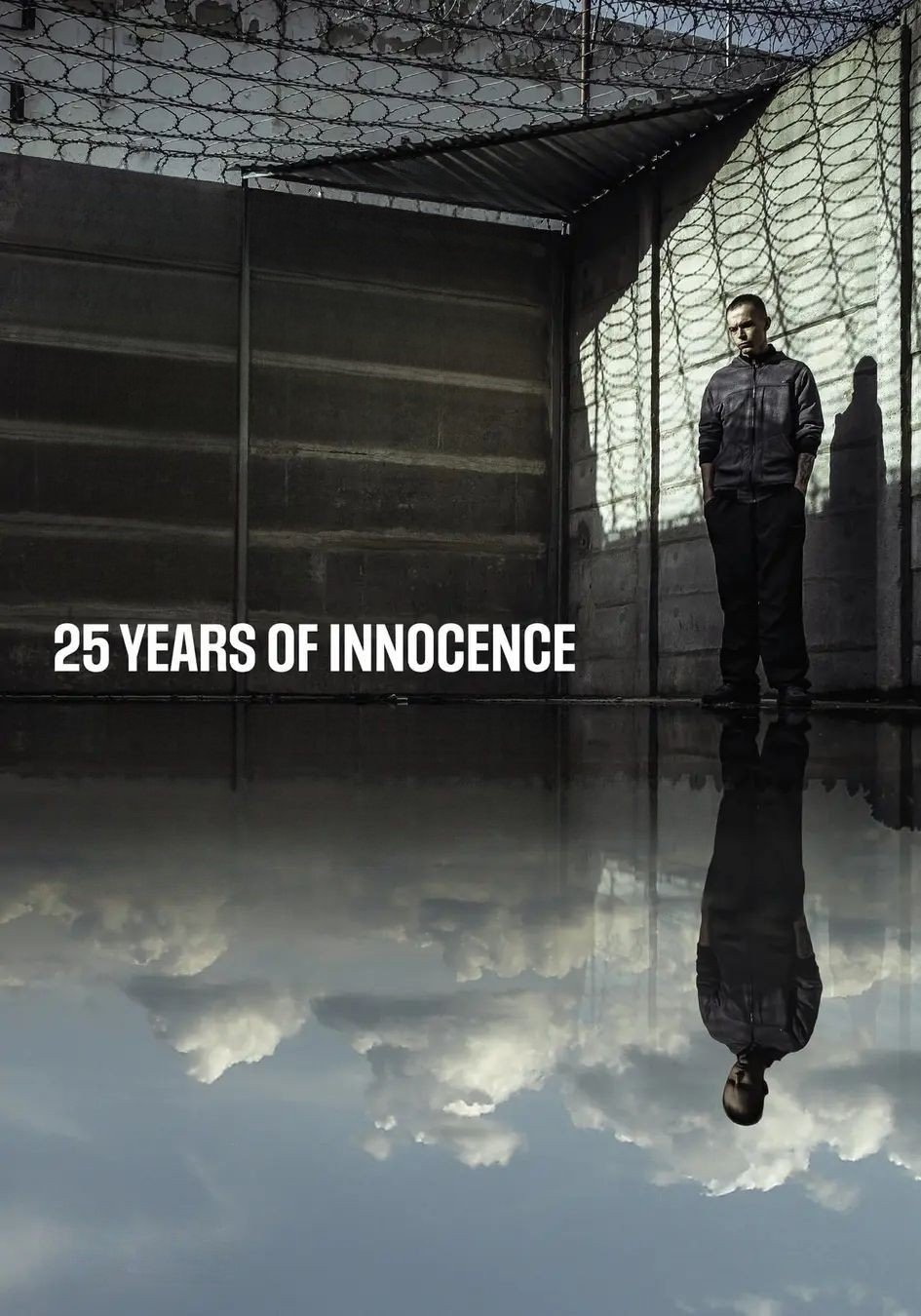
Tomasz Komenda was 23 years old when his normal life was brutally interrupted. Overnight he was arrested, thrown into prison and charged with murder. Subsequent expert opinions confirmed his participation in the crime, and any evidence was against him. For nearly two decades in prison, he was beaten, intimidated, humiliated and on his own. Finally, after 18 years of imprisonment, prosecutors and a policeman appeared on his way, who decided to discover the truth behind the mysterious case of the detainee.
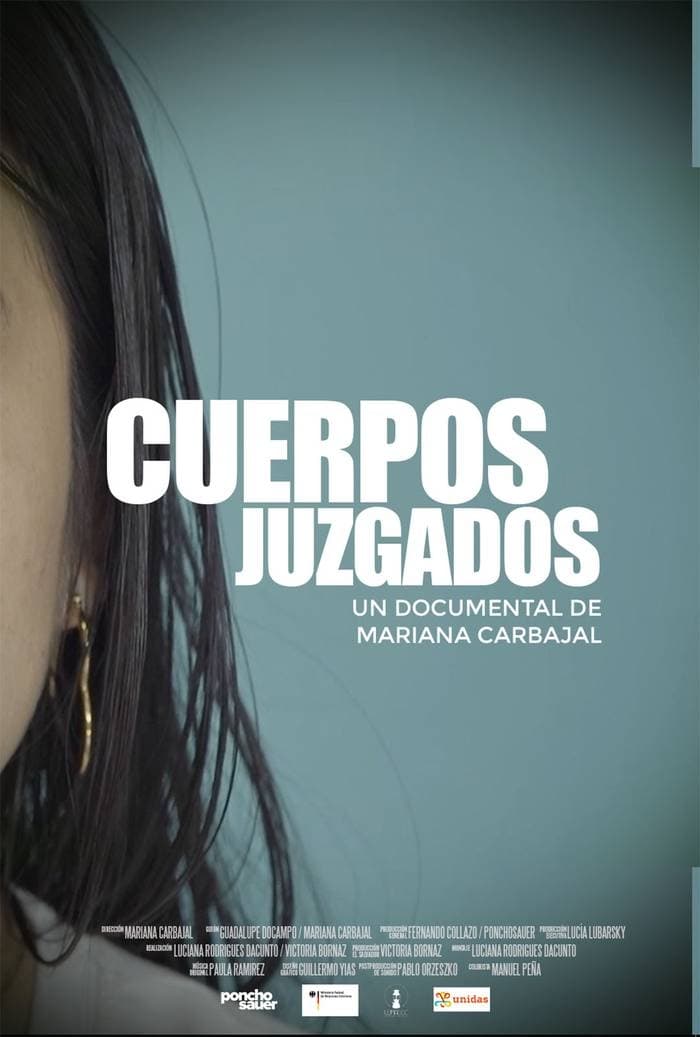
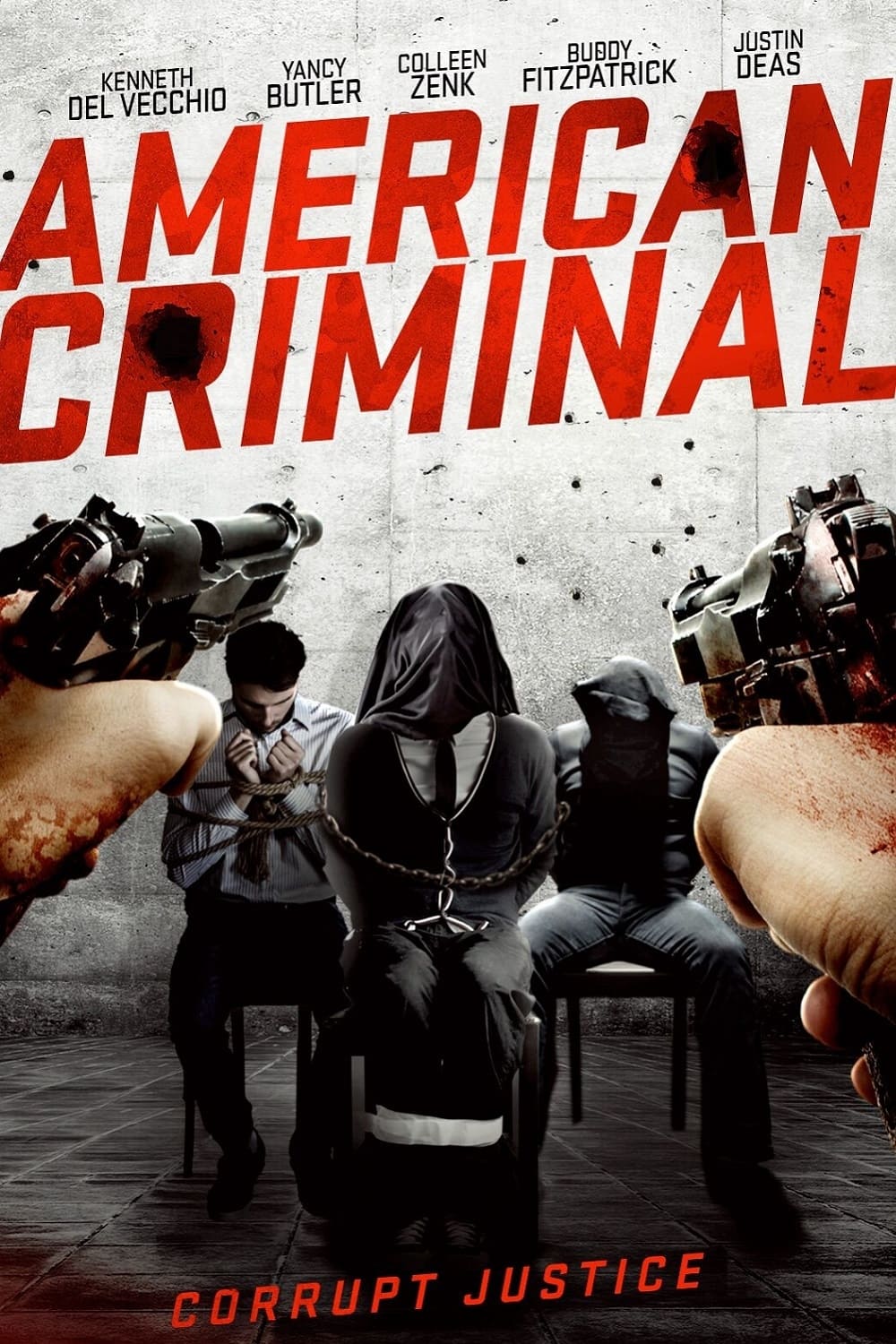
"American Criminal" is filmed entirely in one shot ... A police officer, a prosecutor, a judge, and a forensic scientist conspire to manufacture evidence against murderers who they are convinced are guilty, but they lack the full proofs. When a criminal defense attorney threatens to expose their illicit activities, one of the group murders him. The police officer, who was opposed to the killing, is framed for the lawyer's murder and sentenced to life in prison. With this backstory in place, five years later he escapes prison and kidnaps the entire jury who convicted him, as well as his former judge, prosecutor and scientist allies. He assembles them all at a Jewish temple - the scene of the lawyer's murder - and proceeds to prove his innocence to them, while at the same time exacting just a bit more vigilante justice.

Inspired by one of the most savage and violent crimes committed in Rome in the 1980s, "Rabbia Furiosa" is the story of Fabio, a small-time neighborhood crook, known as “Er Canaro” (the Dog Man) who suffers years of abuse and mistreatment from Claudio, a local boss of the criminal underworld. When he is driven to desperation and the brink of madness, he will carry out a terrible and bloody act of vengeance...

El Pecado de Oyuki is a Mexican telenovela produced by Televisa in 1988. It was based on an original story by Yolanda Vargas Dulché, who also adapted the screenplay for television. The original comic book series was in the style of the foto-novela. For the role of Oyuki, the photographer selected the Mexican Japanese Sachiko Tsuchiya. Born in Tepic, Nayarit, she became the most recognizable Asian Mexican of her time. The telenovela was shown in the United States in 1988 through Univision. Dulché's story was also adapted for Brazilian television in 1967 and as a comic published starting April 11, 1975 by Grupo Editorial Vid. The Brazilian version was called "Yoshiko, um poema de amor" and starred actors Luis Gustavo and Rosa Miake.
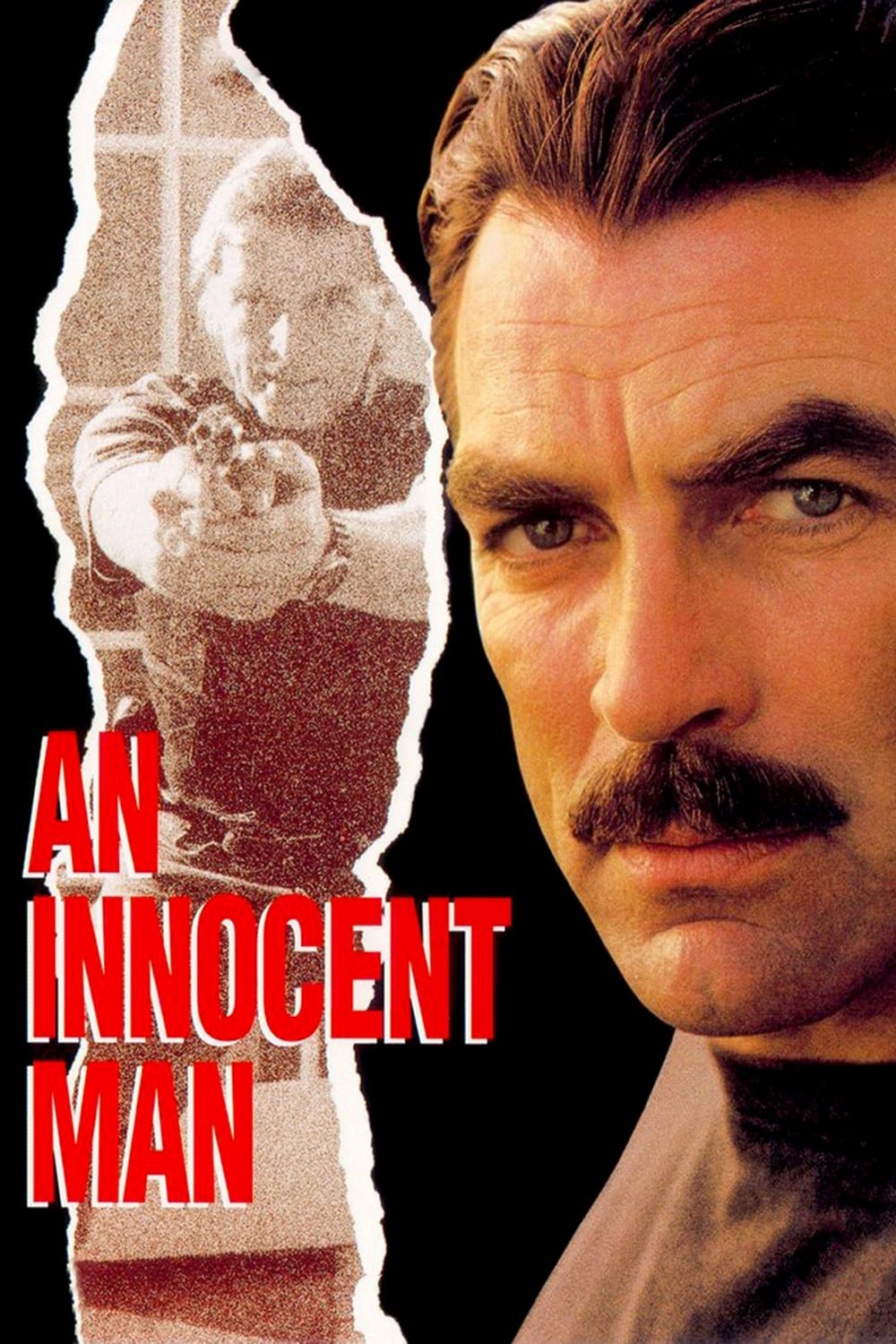
Jimmie Rainwood was minding his own business when two corrupt police officers (getting an address wrong) burst into his house, expecting to find a major drug dealer. Rainwood is shot, and the officers frame him as a drug dealer. Rainwood is convicted of drug dealing, based on the perjured evidence of a police informant. Thrown into a seedy jail, fighting to prove his innocence is diffucult when he has to deal with the realities of prison life, where everyone claims they were framed.
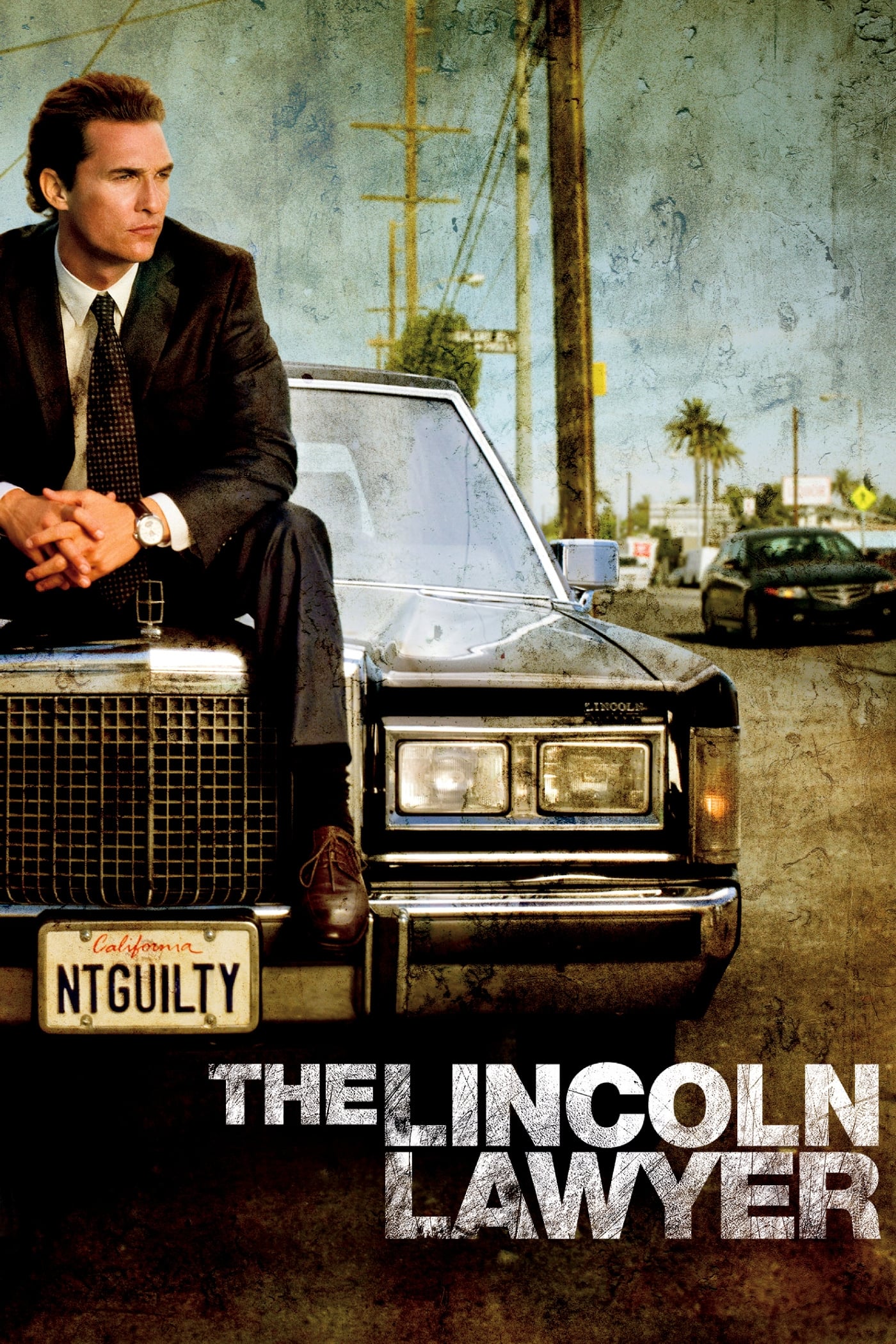
Mick Haller is a charismatic defense attorney who does business out of his Lincoln Continental sedan. Mick spends most of his time defending petty crooks and other bottom-feeders, so it comes as quite a surprise when he lands the case of a lifetime: defending a Beverly Hills playboy who is accused of attempted murder. However, what Mick initially thinks is an open-and-shut case with a big monetary reward develops into something more sinister.

A small-time Belfast thief, Gerry Conlon, is wrongly convicted of an IRA bombing in London, along with his father and friends, and spends 15 years in prison fighting to prove his innocence.
By browsing this website, you accept our cookies policy.